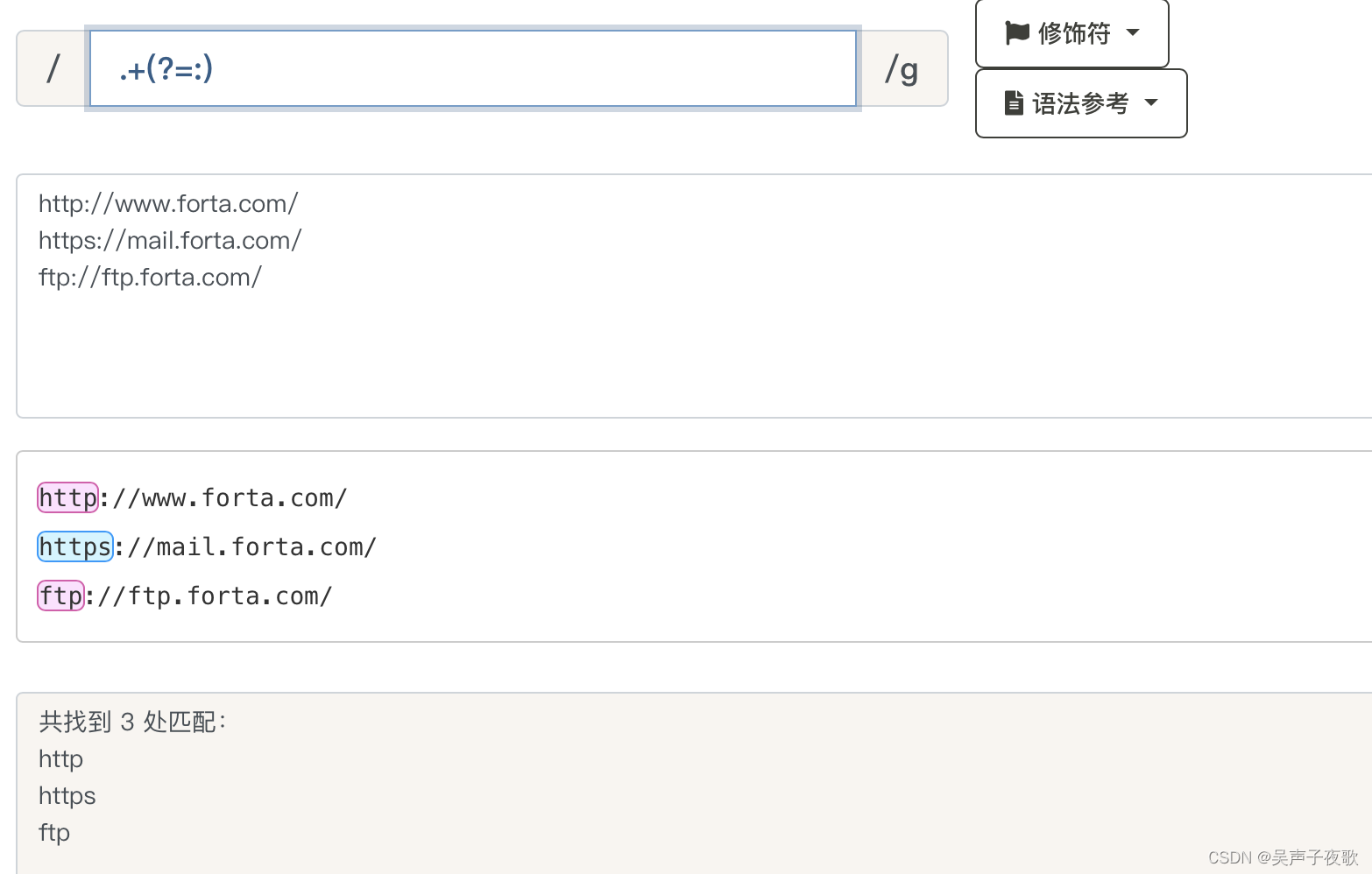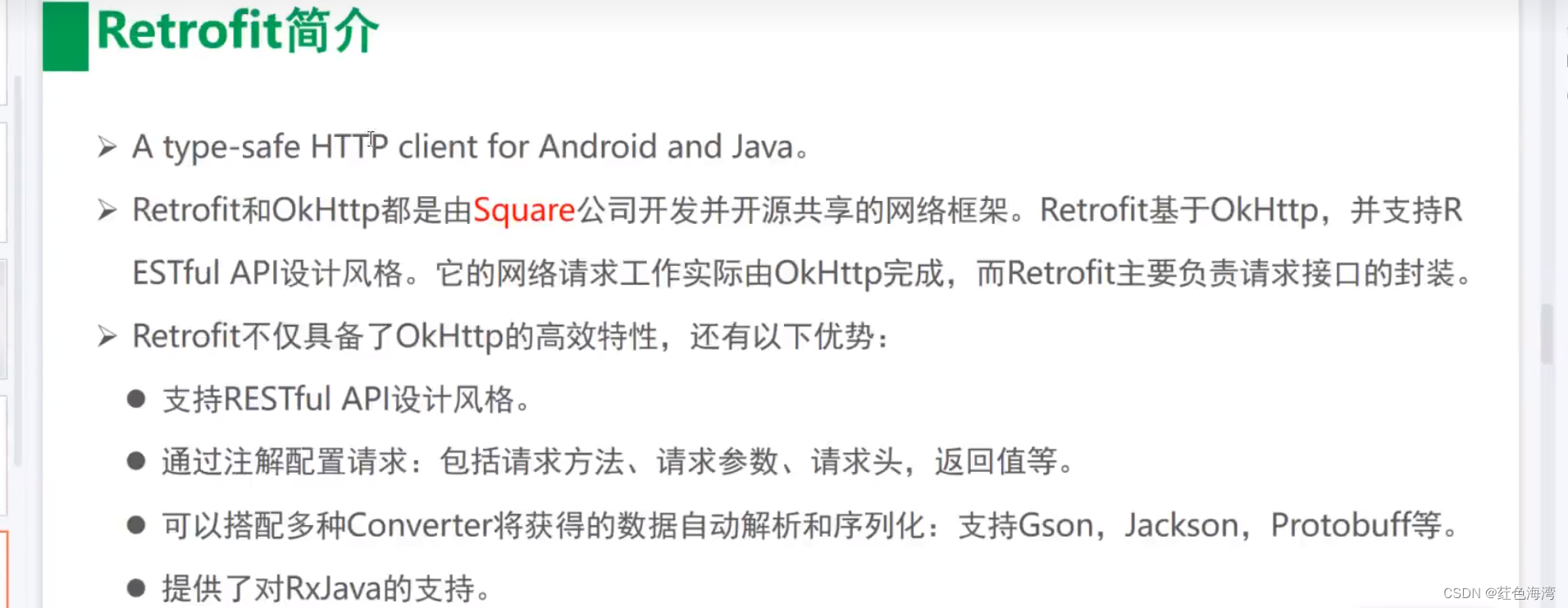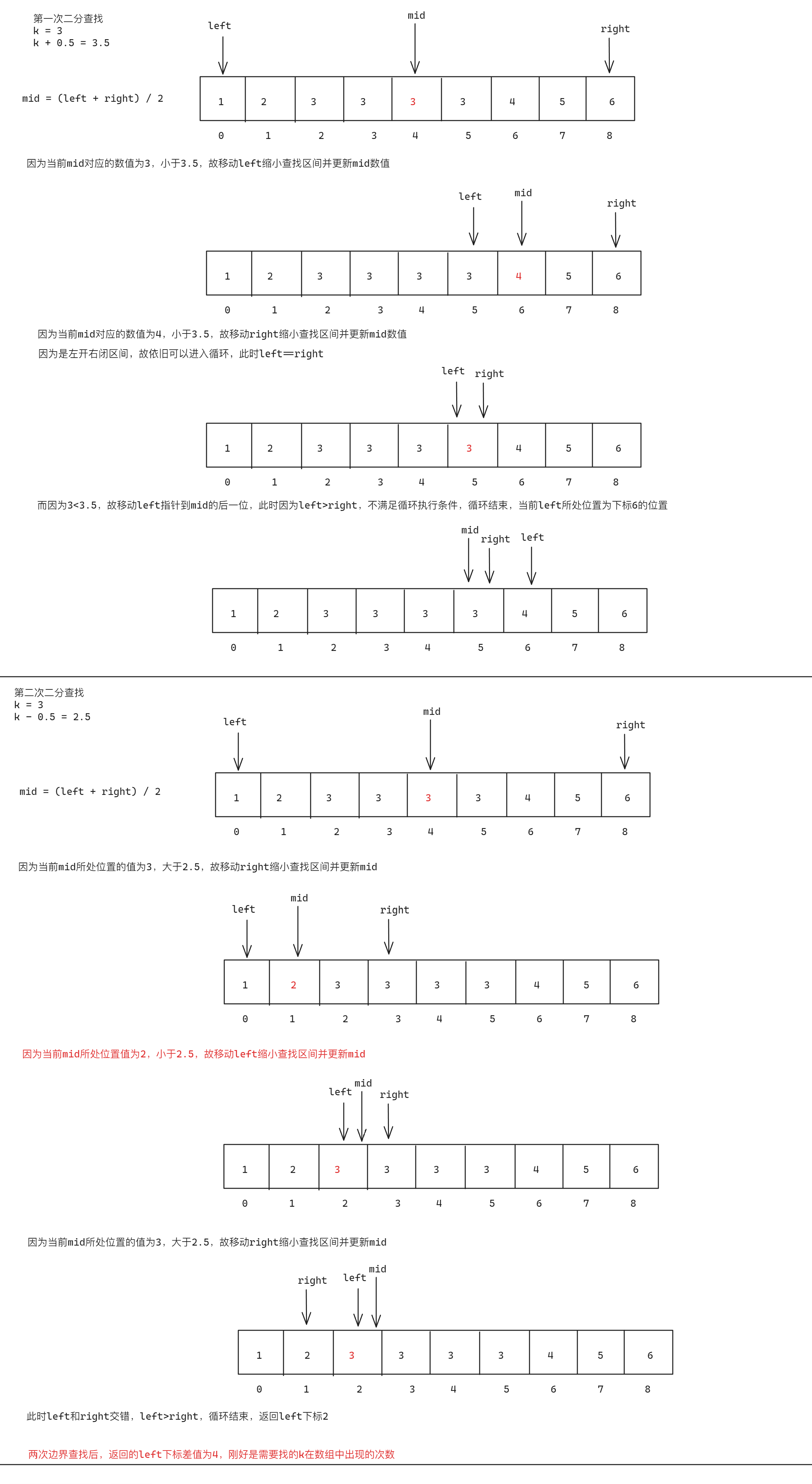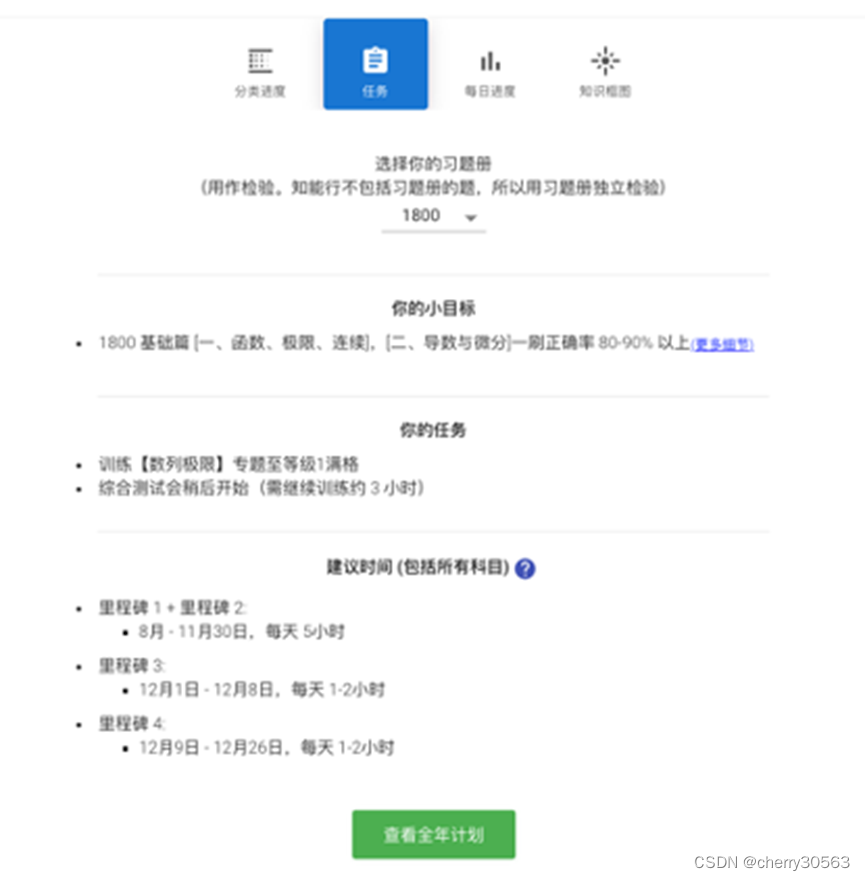力扣题目链接
/**
* Note: The returned array must be malloced, assume caller calls free().
*/
// leetcode 支持 ut_hash 函式庫
typedef struct {
int key;
int value;
UT_hash_handle hh; // make this structure hashable
} map;
map* hashMap = NULL;
void hashMapAdd(int key, int value){
map* s;
// key already in the hash?
HASH_FIND_INT(hashMap, &key, s);
if(s == NULL){
s = (map*)malloc(sizeof(map));
s -> key = key;
HASH_ADD_INT(hashMap, key, s);
}
s -> value = value;
}
map* hashMapFind(int key){
map* s;
// *s: output pointer
HASH_FIND_INT(hashMap, &key, s);
return s;
}
void hashMapCleanup(){
map* cur, *tmp;
HASH_ITER(hh, hashMap, cur, tmp){
HASH_DEL(hashMap, cur);
free(cur);
}
}
void hashPrint(){
map* s;
for(s = hashMap; s != NULL; s=(map*)(s -> hh.next)){
printf("key %d, value %d\n", s -> key, s -> value);
}
}
int* twoSum(int* nums, int numsSize, int target, int* returnSize){
int i, *ans;
// hash find result
map* hashMapRes;
hashMap = NULL;
ans = malloc(sizeof(int) * 2);
for(i = 0; i < numsSize; i++){
// key 代表 nums[i] 的值,value 代表所在 index;
hashMapAdd(nums[i], i);
}
hashPrint();
for(i = 0; i < numsSize; i++){
hashMapRes = hashMapFind(target - nums[i]);
if(hashMapRes && hashMapRes -> value != i){
ans[0] = i;
ans[1] = hashMapRes -> value ;
*returnSize = 2;
return ans;
}
}
hashMapCleanup();
return NULL;
}这题你有没有和我一样,一看到这种哈希解法就不想看了?
好吧,我就是,所以我选择了用暴力,还是的菜鸟,能做出就知足了。
int* twoSum(int* nums, int numsSize, int target, int* returnSize) {
int n = numsSize;
for(int i = 0; i < n; i++) {
for(int j = i + 1; j < n; j++) {
if(nums[i] + nums[j] == target) {
* returnSize = 2;
int* ans = (int*)malloc(sizeof(int)*2);
ans[0] = i;
ans[1] = j;
return ans;
}
}
}
*returnSize = 0;
return NULL;
}这应该好理解吧,然后下面就是我自己独立敲的,到最后也忘记了咋存储呜呜呜
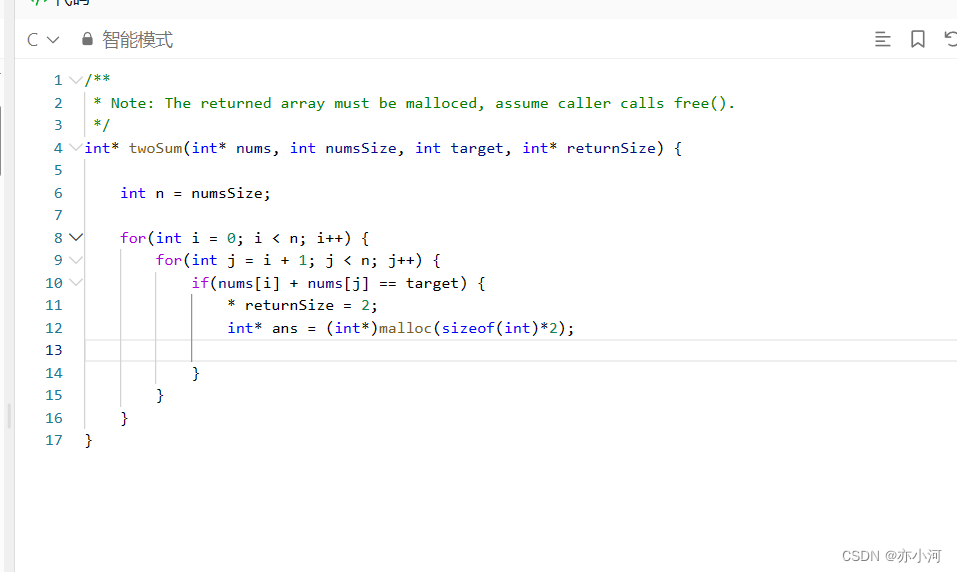
一、出错点
1.不太理解哈希表解法,换用暴力
2.最后存储下标时忘记该怎么存储
二、理解后的思路
暴力很好理解,就是一个一个遍历相加。
有符合的sum就标记起来
最后输出下标
代码随想录 (programmercarl.com)
这里有怎样用哈希表的思路,但是我还不太清楚
三、总结
当然还是多刷题,独立敲代码啦!
然后对于哈希表自己需要再好好看看,慢慢要学会灵活使用它了~







